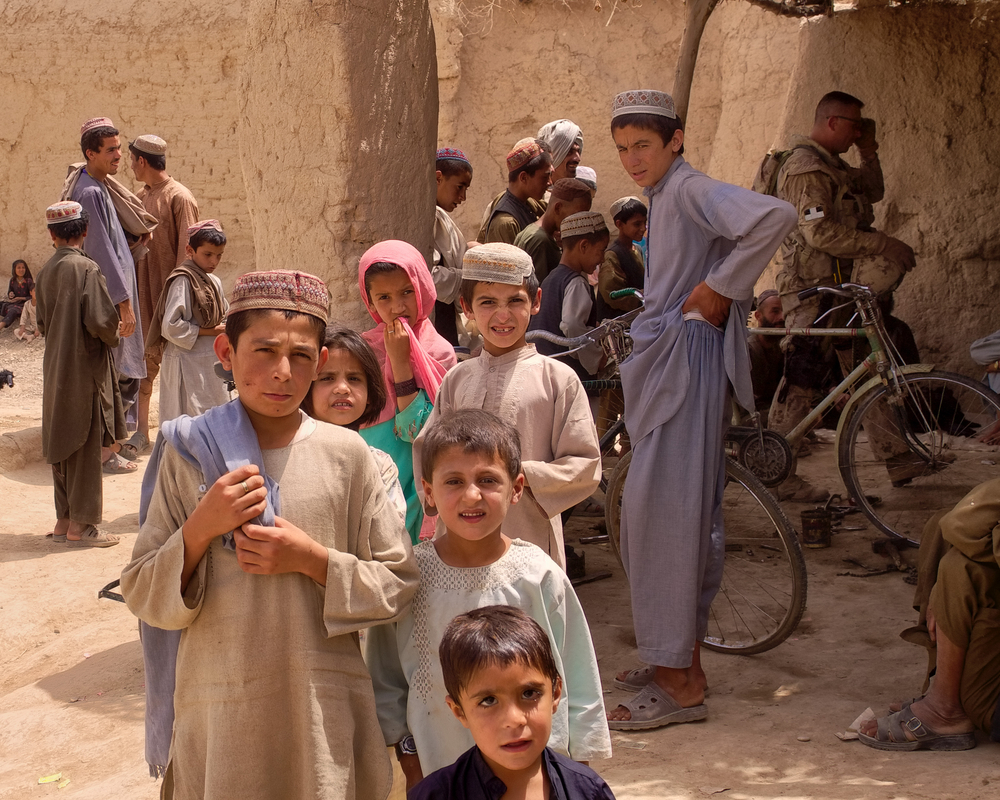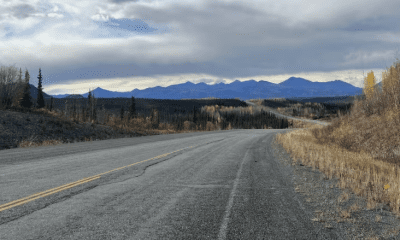Canada News
Long term future of signature Afghan project at risk, report concludes
OTTAWA — Dozens of irrigation canals in Kandahar, once clogged with silt, are now brimming with water that’s helping to improve the livelihoods of local farmers, says a report into one of Canada’s signature development projects in Afghanistan.
But as the money dries up, so too will the water in the fields, warns the report, the final evaluation of the effort during Canada’s Afghan mission to restore the flow of water from the moribund Dahla Dam.
“From a practical perspective, unless funding is made available on an annual basis, over time the physical irrigation infrastructure will slowly deteriorate and the area under irrigation will decrease,” said the report, submitted to the Department of Foreign Affairs earlier this year.
As the Afghan government struggles with budget shortfalls in the face of declining international aid, the financial future of the irrigation project is unclear, except for one thing: no more money is coming from Canada.
With the report, the government has washed its hands of what the Conservatives had hoped would be a Canadian legacy in Afghanistan, but what the report suggests was a great deal of effort and expense for very mixed results.
The $50-million program was launched in 2008 after a blue-ribbon panel suggested Canada focus its multibillion-dollar development efforts in Kandahar on specific “signature projects.”
The program — officially called the Arghandab Irrigation Rehabilitation Project — focused on fixing the main canal and some 60 secondary canals supplying farm fields with water from the reservoir of the Dahla Dam.
That choice was controversial from the start.
Many Afghans and outside experts believed the entire system was so badly deteriorated that only a brand-new dam would end the persistent drought that all but ensured farmers grew opium and little else.
Indeed, the final report notes that most farmers and Afghan officials identified raising the height of the dam to increase the capacity of the reservoir as the project that would best meet their needs.
Nevertheless, the Canadian government declared the canals a more urgent — and achievable — goal and set to work fixing them, all the while creating water management training programs for Afghans.
Construction ended in 2012 and the outside firm hired to review the work surveyed the progress this past spring.
A early draft of the report was obtained by The Canadian Press under the Access to Information Act. An updated version was later made available by Foreign Affairs.
“The implementation of such a large-scale infrastructure project in an insecure environment comes with inevitable challenges,” departmental spokesman Nicolas Doire said in an email.
“Despite this, Canada is pleased that the irrigation system is still in good condition more than two years after the completion of rehabilitation works. This is the result of the strong monitoring/quality control system put in place by Canada. As a result of the generosity of Canada, we helped to put in place some of the important conditions necessary to revive the agro-economy in the region.”
Evaluators did find the main canal to be in reasonable condition and found 41 of the 60 canals repaired. But the impact of construction was harder to gauge.
Evaluators surveyed 236 farmers living in three districts served by the canals and found a split between those who saw tangible benefits from increased irrigation and those whose crops and incomes didn’t change.
Before construction began, around 20,000 hectares of land were being irrigated by a system initially designed in the 1950s to reach around 36,000 hectares. Officials had hoped to get the number back up to as much as 30,000.
But security concerns prevented work on canals that fed some 50 per cent of the area within the project’s boundaries.
Further, officials can’t explain why there’s been a decline in the amount of irrigated land, even though more land was being irrigated as a result of the project after it was completed.
“Due to the unavailability of statistics on rainfall or agriculture productivity in Kandahar province, it is difficult to explain what are the different causes of this decline in land being used for irrigated agriculture,” Foreign Affairs said in an email.
“Other factors that could help to explain this decline are insecurity, drought and shortage of quality seeds for main crops.”
The final financial breakdown for the project was censored in the copies of the reports obtained by The Canadian Press.
Initially, Montreal-based SNC-Lavalin was contracted to do the work, but three years into the project had only fixed eight secondary canals.
In order to actually get the rest finished on budget and on time, the Canadian government ended up relying on the Central Asian Development Group, the report revealed.
There were other problems with SNC-Lavalin, the report said. Afghan officials disputed their claims of setting up training and crop diversification programs, and the company also failed to take measurements at the canal that could have helped judge the effectiveness of the improvements.
An irrigation system they set up at Tarnak Farms — toured by Prime Minister Stephen Harper in 2011 — was judged to be neither practical for small Afghan farms nor efficient in the extremely dry Afghan climate.
Meanwhile, earlier media reports have suggested upwards of $10 million was spent on security for the project, with the money initially given to a controversial private security firm with ties to former Afghan president Hamid Karzai.
A U.S. congressional report in 2010 said the firm, Watan Risk Management, had gained control of the lucrative security business in large parts of Afghanistan through bribes to the Taliban. The firm, which denied the allegations, was dismissed in 2011.
SNC Lavalin declined to answer specific questions about their work.
The report marks the formal end of Canada’s work on the project. No more money will be made available and monitoring efforts have ceased.
The report’s recommendations are being shared with the Afghan government and U.S. officials who are currently working on increasing its height, the department said.
A recent study by the U.S. Army Corps of Engineers found the water supply isn’t reaching 30 per cent of the irrigation canals fixed under the Canadian effort.
“We will continue to advocate with our allies for the Afghan government to allocate the required financial and human resources for the operation and maintenance of the system,” Foreign Affairs spokesman Nicolas Doire said in an email.
“Canada believes the conditions exist for success in the long-term development of Afghanistan.”






















